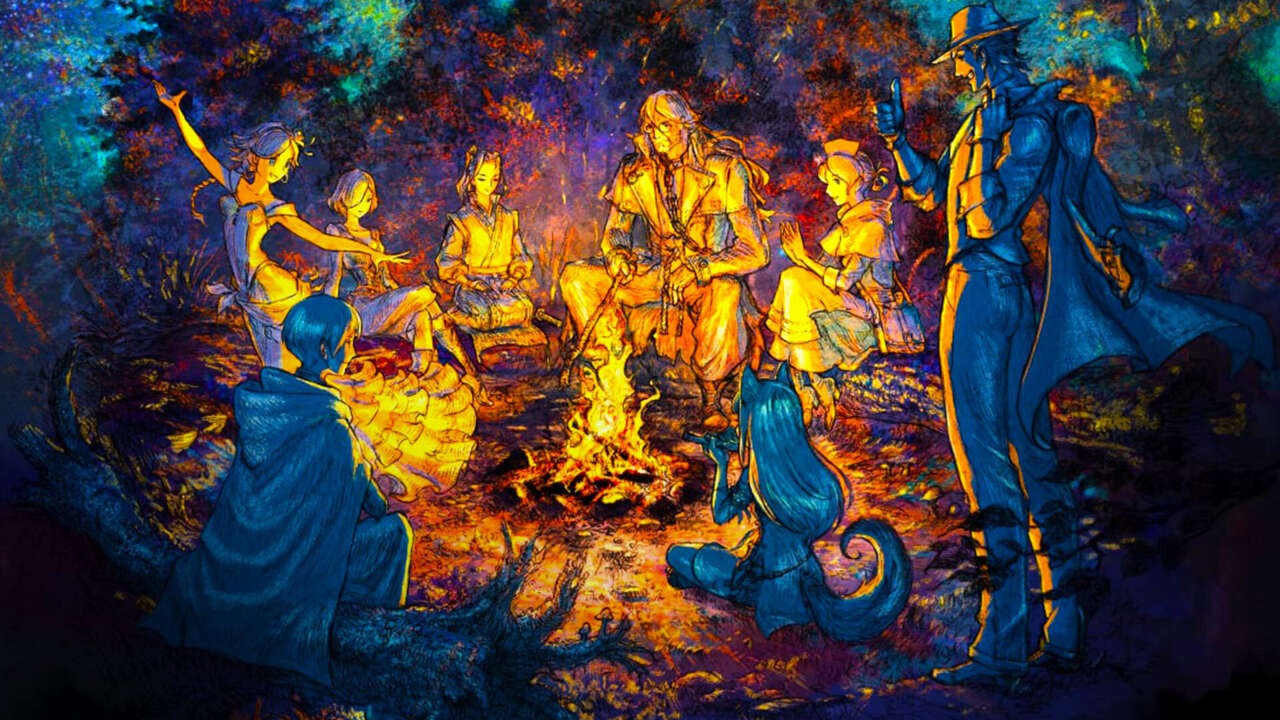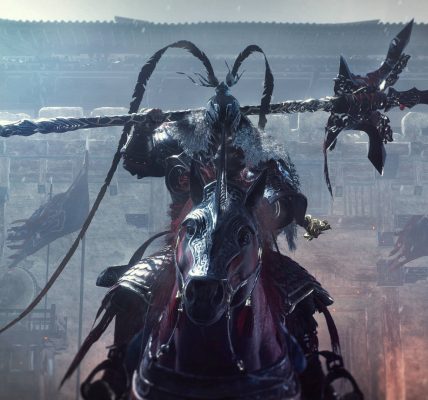Octopath Traveler was a pleasant surprise when it debuted a few years ago. The new 2D HD engine of the time was a feast for the eyes, and the gameplay was inspired by some of Square ENIX’s most famous franchises: a deep Final Fantasy-style class and customization system mixed with the non-linear exploration and history of the SaGa series with a touch of action. These are great inspirations to draw on, but it led to a game that, although excellent, seemed to be actioning for an identity of its own. Perhaps the developers have also realized this-with Octopath Traveler II, Square Enix seems to be trying to add new Gameplay elements that give the Franchise its own personality. And for the most part, he succeeded admirably.

The heart of Octopath Traveler II is a traditional turn-based JRPG with many of the usual gameplay elements: cities and dungeons to explore, objectives to complete, etc. however, where most JRPGs represent a linear progression method, Octopath Traveler takes a very different approach: you start the game by choosing a “main character” from eight candidates. This character has his own unique background, story arc and goals and will serve as a constant presence throughout your playing time. After an Introductory story chapter, you can explore the world at your leisure. Finally, you will meet the other seven characters that will allow you to include them in your group and also follow their plots, all of which end with a Finale that connects the individual plots.
The focus on individual character arcs rather than a great high-stakes pressure for most of the game’s duration is refreshing, allowing Octopath Traveler II to tell a variety of fascinating stories that vary greatly in tone and focus. Some of them are comparatively weaker, but others command and hold your attention and keep you wanting more. Agnea’s quest for starry glory, for example, is remarkably boring, while Temenos’ investigation into a finish plot by a religious sect and the Thrones Strive to finish the adoptive parents who raised them stand out. My personal favorite quest series is The story of Osvald, whom I chose as the starting character – a story about a scholar who plans a crate escape and a Count of Monte Cristo-style revenge action after being blamed for the finish of his own family by a scheming colleague.

Once you have completed the first part of a character’s story, You are allowed to move on to the next chapters because there are no difficult obstacles to the progress of your choice. However, this does not mean that you can walk around the world without worries: some regions have much more harmful enemies than others, and trying to stumble through them with a low-level group is an extreme peril – although a game does not prevent you from trying if you feel confident in your ability Indeed, entering peril places can bring great rewards, but there is nothing particularly punitive about playing it safe either. Octopath Traveler’s lack of grip compared to many other JRPGs can be off-putting at first – it doesn’t offer much advice, other than very simple tutorials – but the freedom it gives you to explore and try challenge s at the comfort level you choose is one of its strengths.
One of the most interesting facets of exploration is the path actions, which are unique to each character. Path actions are available when interacting with most NPCs, so you can interact with them in different ways: acquire items, acquire ability, obtain additional information necessary to complete the main and side quests, and even recruit them as action helpers. The novelty Of Octopath Traveler II is a day/night cycle (which fortunately you can control as you wish) that modifies the NPCs that appear and the path actions at your disposal. For example, the merchant Partitio can buy items from NPCs at discounted prices during the day, while at night he can hire characters as assistants in battle. There is an overlap in the functions of the characters’ path actions, but judging which one is more useful in a given Situation adds a fun layer of strategy that is not usually present when exploring JRPG cities.
The focus on individual character arcs rather than a great high-stakes pressure for most of the game’s duration is refreshing, allowing Octopath Traveler II to tell a variety of fascinating stories that vary greatly in tone and focus. Some of them are comparatively weaker, but others command and hold your attention and keep you wanting more. Agnea’s quest for starry glory, for example, is remarkably boring, while Temenos’ investigation into a finish plot by a religious sect and the Thrones Strive to finish the adoptive parents who raised them stand out. My personal favorite quest series is The story of Osvald, whom I chose as the starting character – a story about a scholar who plans a crate escape and a Count of Monte Cristo-style revenge action after being blamed for the finish of his own family by a scheming colleague.
Once you have completed the first part of a character’s story, You are allowed to move on to the next chapters because there are no difficult obstacles to the progress of your choice. However, this does not mean that you can walk around the world without worries: some regions have much more harmful enemies than others, and trying to stumble through them with a low-level group is an extreme peril – although a game does not prevent you from trying if you feel confident in your ability Indeed, entering peril places can bring great rewards, but there is nothing particularly punitive about playing it safe either. Octopath Traveler’s lack of grip compared to many other JRPGs can be off-putting at first – it doesn’t offer much advice, other than very simple tutorials – but the freedom it gives you to explore and try challenge s at the comfort level you choose is one of its strengths.

One of the most interesting facets of exploration is the path actions, which are unique to each character. Path actions are available when interacting with most NPCs, so you can interact with them in different ways: acquire items, acquire ability, obtain additional information necessary to complete the main and side quests, and even recruit them as action helpers. The novelty Of Octopath Traveler II is a day/night cycle (which fortunately you can control as you wish) that modifies the NPCs that appear and the path actions at your disposal. For example, the merchant Partitio can buy items from NPCs at discounted prices during the day, while at night he can hire characters as assistants in battle. There is an overlap in the functions of the characters’ path actions, but judging which one is more useful in a given Situation adds a fun layer of strategy that is not usually present when exploring JRPG cities.




